|
Choose fire-resistant plants and materials and create defensible areas in the landscape using these design strategies Firescaping incorporates the design of the landscape and property surrounding a home to lessen its susceptibility to fire. This can be achieved through a well-thought-out landscape design plan that specifies less combustible plants, incorporates fire-resistant materials and follows the advice and guidelines determined by fire-safe organizations. I’ve identified several landscape design strategies as well as some of the guidelines I’ve gathered from various professionals and fire-safe organizations in California. These methods will help keep your property and home safe without having to sacrifice having a beautiful and thriving landscape. For specific guidelines in your area, please refer to your state, county or local fire safety organizations. Planning Your Landscape Protect your home and property by working with a designer to incorporate fire safety guidelines and “buffer zones,” called defensible spaces, during the landscape design planning stages and beyond. These guidelines usually include the use and proper placement of fire-resistant plants and trees and other fire-resistant materials that you can incorporate into the landscape areas surrounding your home. Creating defensible spaces is also critical for safe access by firefighters. Create and maintain defensible space. This infographic shows the recommended defensible space surrounding a home in California. Two zones make up the guidelines for the 100 feet of defensible space, according to the California Department of Forestry and Fire Protection (Cal Fire). Zone 1: The home defense zone is within 30 feet of the house. Within this zone you want to remove all dead or dry vegetation, as well as any dead or dying plants, and keep tree branches at least 10 feet from your chimney and other trees. Relocate wood piles into Zone 2. Zone 2: The reduced fuel zone is 30 to 100 feet from the home, or to the property line. Within this zone make sure you cut or mow annual grass down to a maximum height of 4 inches. Create horizontal spacing between shrubs that are two to six times the shrub’s height, depending on the ground’s slope. Space trees 10 to 30 feet apart, depending on the ground’s slope. Remove all tree branches less than 6 feet from the ground. If shrubs are growing underneath a tree, allow clearance space of at least three times the shrub’s height to the tree’s lowest branch. These guidelines were created for some regions in California. Check with your local fire jurisdiction to determine the guidelines and laws in your area. Incorporate nonflammable hardscape materials. This strategy will create fire-safe zones adjacent to your home and help keep your home safe should a fire approach. Nonflammable materials include gravel, concrete, stone, steel, decomposed granite and other fire-resistant materials. Use these materials for walkways, patios, retaining walls, planting bed edging, driveways and gravel for planter bed mulch (instead of a wood mulch). Slow down or stop a fire in its path. This is an important goal in the initial landscape design phase as well as during ongoing maintenance.
Other landscape design features that can slow down or stop a spreading fire:
Create a fire-safe zone around wood decking. Although decking products not treated with fire retardant are combustible, some decking is not highly combustible on its own, according to Cal Fire. Typically, other fuel sources, such as plant debris or other combustible materials stored under or on top of the deck, as well as combustible vegetation surrounding it, contribute to deck fires. Keep this in mind during fire season, and maintain your decks to keep them free of easily-ignited materials such as leaves and needles that accumulate between the deck boards, along the home’s siding and below the deck. If you have your heart set on a new wood deck, look for wood that is treated with a fire retardant or other fire-resistant building material. Hardwoods from South America, such as ipe and cumaru, have high fire resistance (and many are sustainably farmed). A fully enclosed deck will offer added protection by eliminating a heat trap below it. Another good tactic is to isolate the deck from fire by adding noncombustible materials, such as stone, concrete or gravel, along the front sides and below the deck to create a fire barrier. Planting Your Landscape Choose fire-resistant plants. There are no fireproof plants, but plants that possess a high moisture content are more fire-resistant. Many native plants are considered to be among the most fire-resistant plants for fire-prone regions. Typically, native trees and shrubs are adapted to their native regions, deep-rooted and proficient at acquiring water from the soil and retaining it in their leaves. There are also many non-native plants, including succulents, that posses fire-resistant qualities. Some characteristics of fire-resistant plants:
Check your local resources for the recommended fire-resistant plants and trees in your region. Add succulents. By now, most people are aware of the drought-tolerant and easy-care benefits of succulent plants. Besides these favorable attributes, succulents are also extremely fire-resistant. Succulents and cactuses store water in their leaves, stems and roots, making them some of the top fire-resistant plant choices. Many succulents require frost-free regions to live, but there are also species that survive in low temperatures. Check with your local nurseries for succulent varieties that thrive in your region. In addition to their drought-tolerant benefits and striking architectural beauty, succulent plants, along with noncombustible ground covers and hardscape materials, can serve as an effective and attractive “living safety shield” and offer added protection against fire to a home and its surroundings. Avoid highly flammable plants. Shrubs and trees that contain resins or oils in their stems, leaves or needles are highly flammable. Some of the offenders include juniper shrubs and eucalyptus, pine, spruce and fir trees. Tasmanian blue gum eucalyptus (Eucalyptus globulus) is one of the most flammable trees and is capable of releasing a flammable gas that sends out fireballs during a fire. Juniper shrubs (Juniperus spp.) also contain flammable, volatile oils and accumulate dry leaves and needles, and they burn fast in a fire. Maintaining Your Landscape
Other Fire-Wise Maintenance Practices
In the event of a fire, you can reduce how quickly the fire spreads and increase the survival of your home, your landscape and your family. There is a wealth of valuable information available through countless fire-safe organizations worldwide to further guide you. I originally wrote a version of this article for Houzz.com.
39 Comments
|
|
email: [email protected]
office: 415-453-8591
mobile: 415-602-6282
|
© Copyright 2023. All Rights Reserved. All content and images are the sole property of Dig Your Garden Landscape Design.

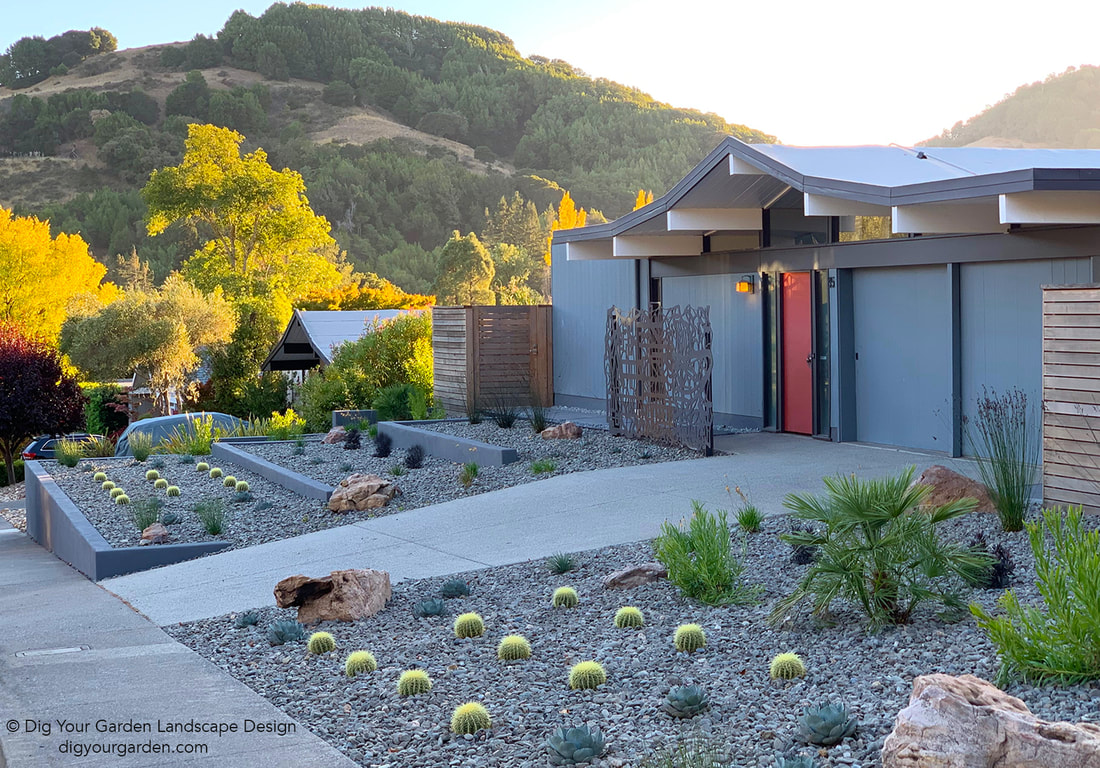
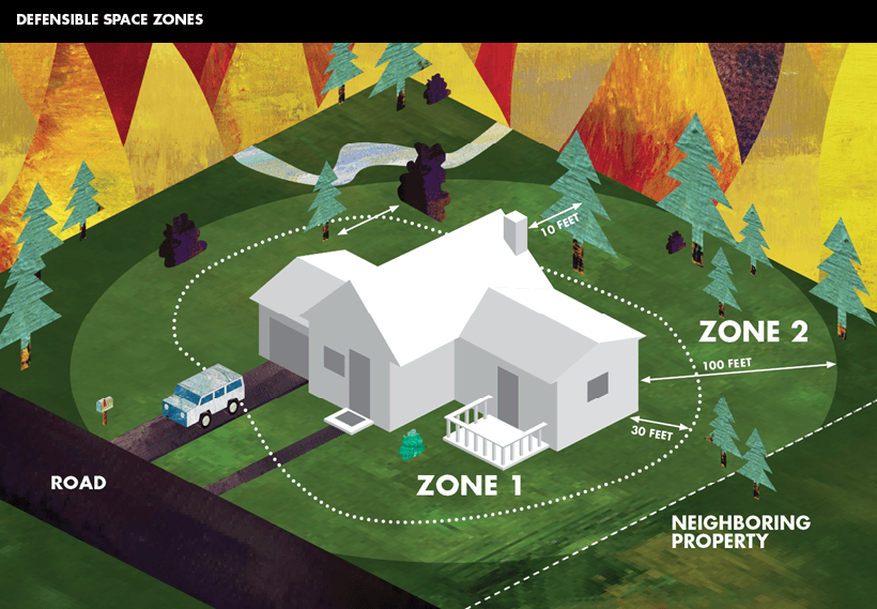
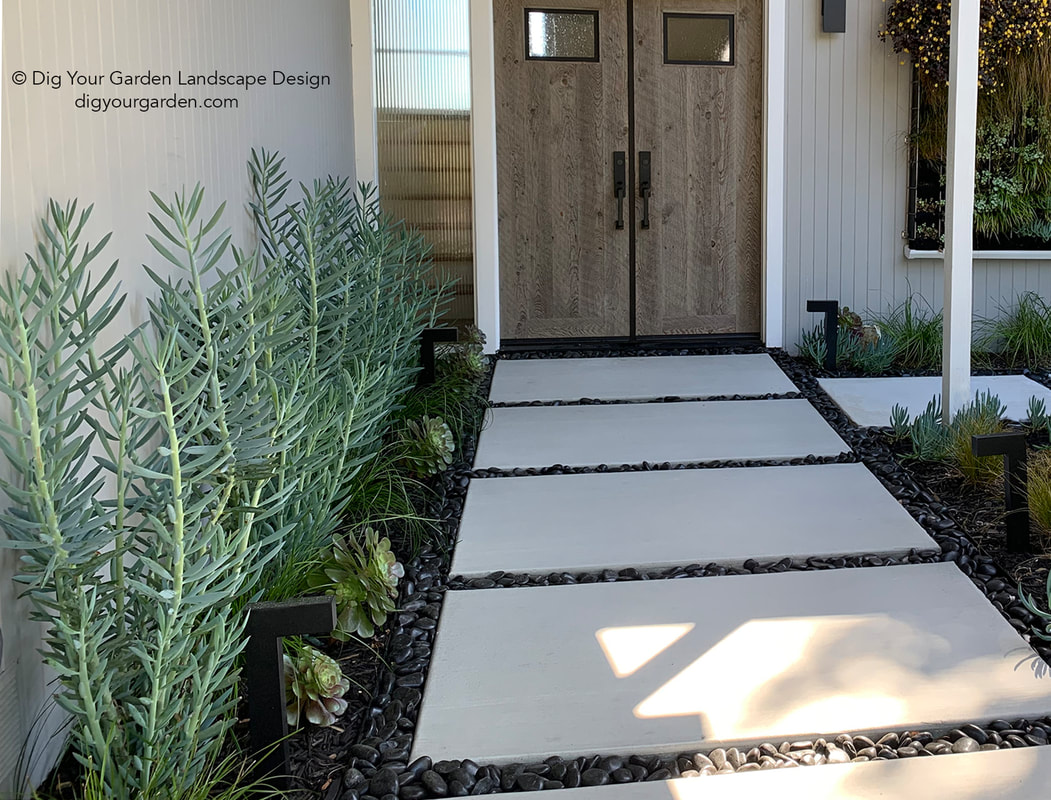
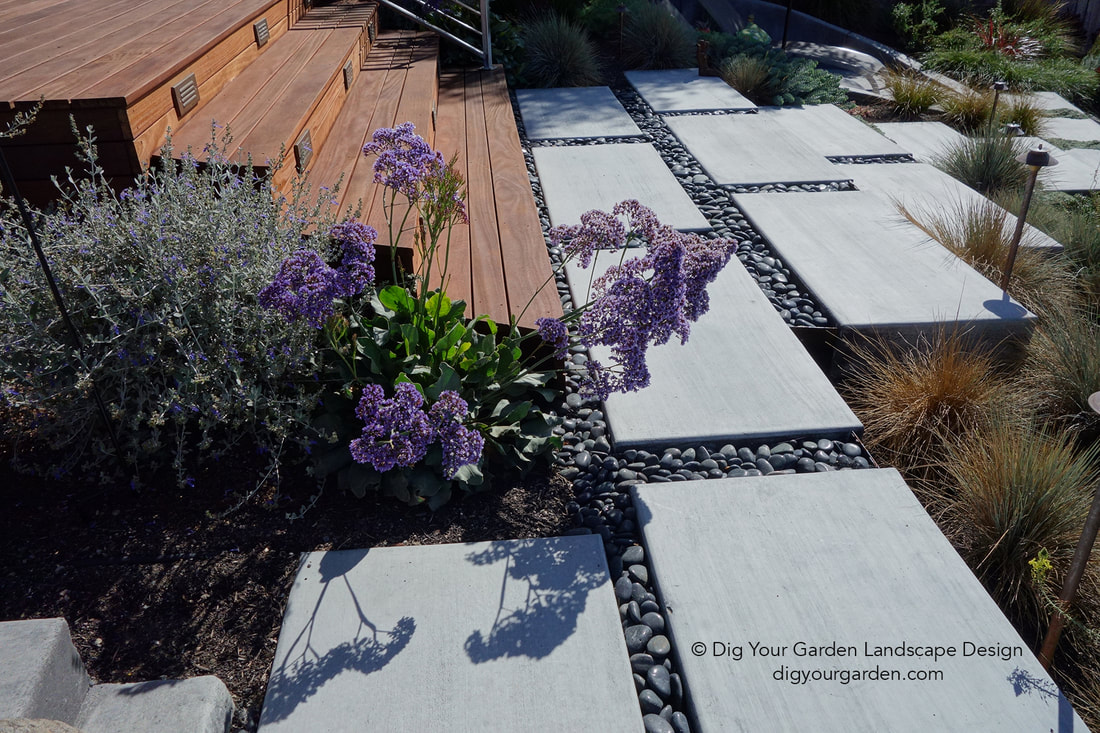
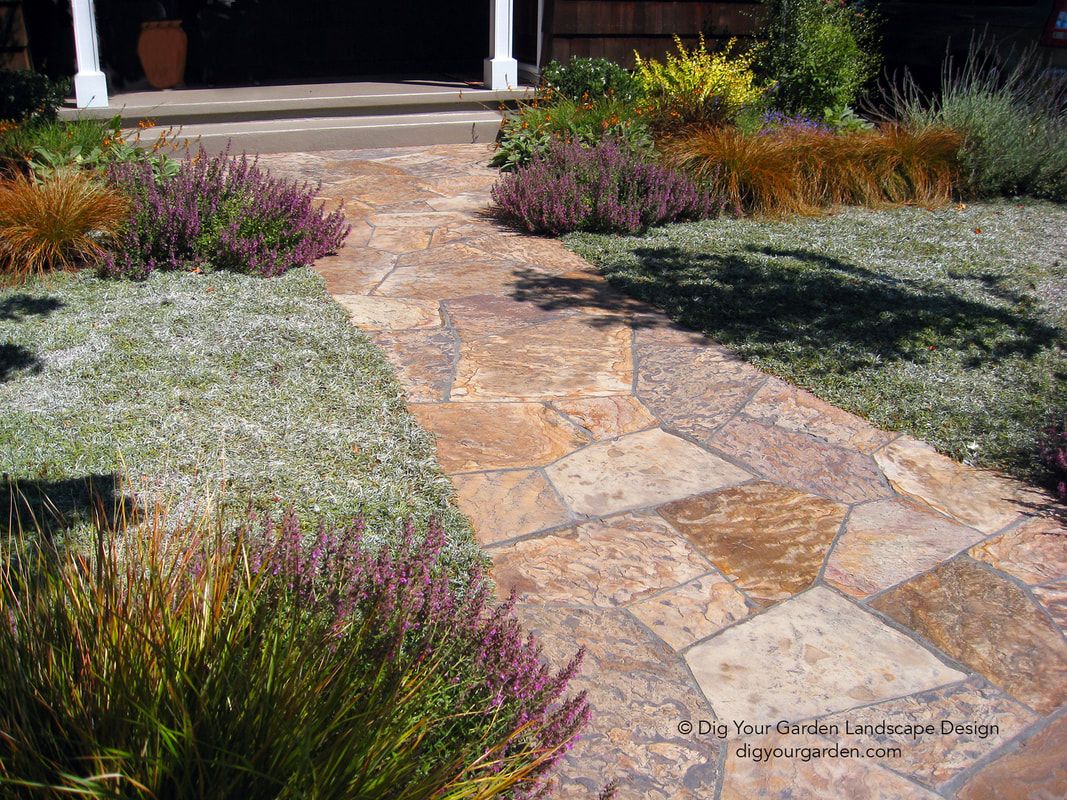
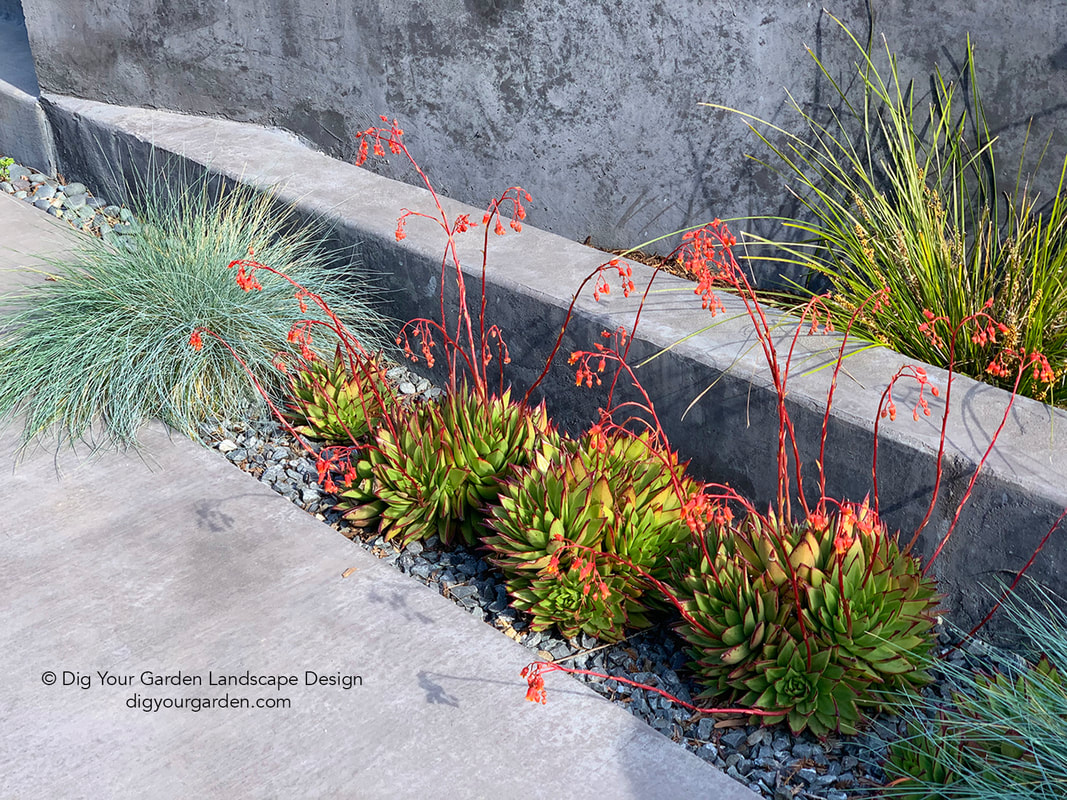
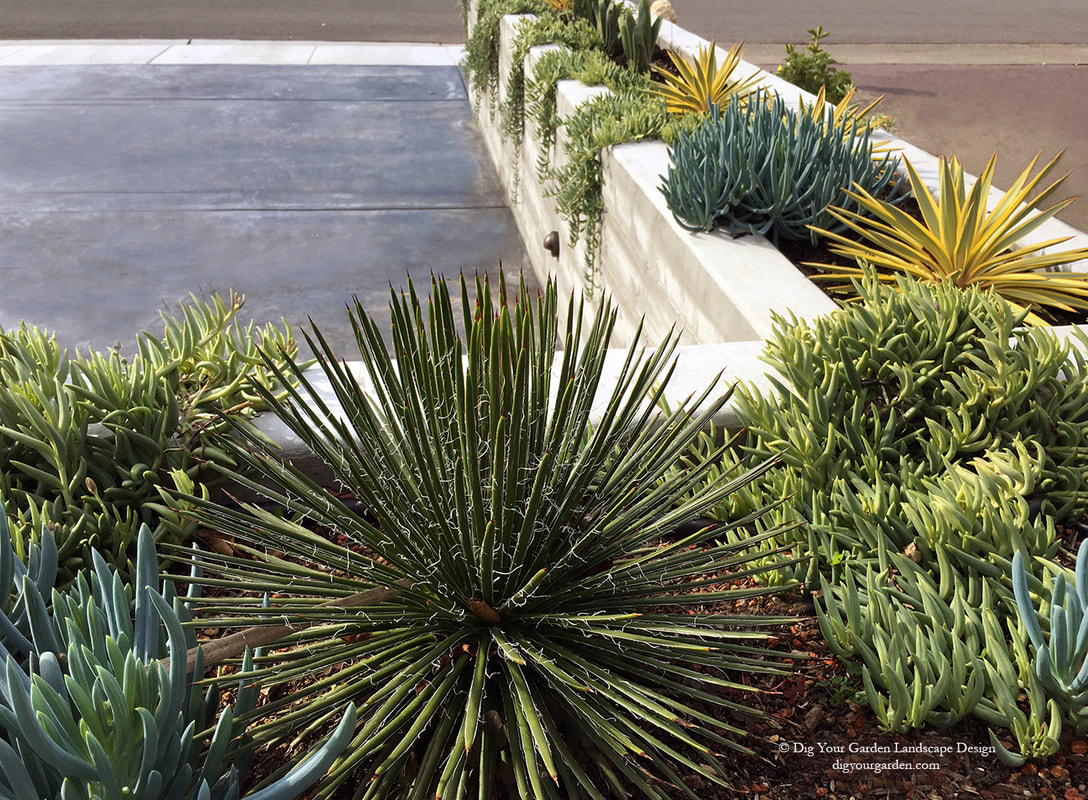

 RSS Feed
RSS Feed





